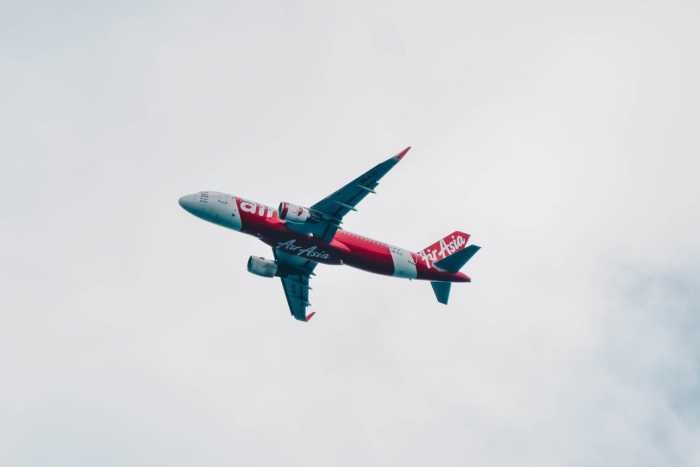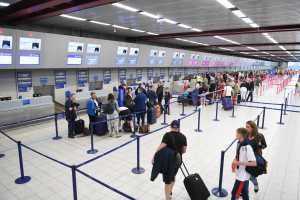
ICAO Commends Thai Government for its Efforts to Meet its Requirements
19th Jul 2016

Although Thai aviation sector is still “red flagged” by the International Civil Aviation Organisation, the situation and ICAO’s view of it is changing for the better and the country can look forward to the next ICAO audit from December to March, 2017.
The reason for this is that ICAO has praised Thai government for showing a clear commitment to solving the safety issues that have got the country’s aviation sector “red flagged” in the first place.
To help Thailand, ICAO’s experts will be joining Thai authorities and helping them meet ICAO’s safety requirements.
Asked about the progress in addressing Thailand’s aviation sector’s shortcomings, Major General Sansern Kaewkamnerd has explained that it is going “gradually”. Of course, a lot of it depends on how the plan designed by the Civil Aviation Authority of Thailand (CAAT) is implemented.
Right now, Sansern says, 17 CAAT members have undergone training to become aviation safety inspectors, something that the country has been sorely lacking and which was one of the reasons ICAO “red flagged” its aviation sector.
In addition, Thai authorities are also coordinating with the European Aviation Safety Agency (EASA) in addressing the aviation safety problems Thailand is facing.
Thailand will also work with both EASA and Japan International Cooperation Agency (JICA) on improving the country’s civil aviation safety in the long run, Sansern said.
Prime Minister Chan-o-cha Praises THAI for Winning Skytrax Awards
A positive example in all of this is certainly the national carrier Thai Airways International (THAI). The airline has won a pair of accolades at the recent Skytrax Airline Awards, including the one for the “World’s Most Improved Airline” in the last 12 months and the "Best Airline Lounge Spa Facility"
For this, THAI has received praise from several sources, including the Prime Minister of Thailand Prayut Chan-o-cha.
THAI Uses Thai Smile for ASEAN Expansion
However, that THAI is not content with the current state of things can be seen from its plans for the ASEAN market. The national carrier is looking to speed up its expansion into Southeast Asia and plans to use its subsidiary Thai Smile for this.
According to the plan Thai Airways has laid out, Thai Smile will launch a number of international destinations within this region by the end of this year, increasing THAI Group’s ASEAN network to 18 international destinations (currently it has 12). In addition, the group plans to boost capacity on some of the destinations it is already covering, whether with Thai Airways or with Thai Smile.





